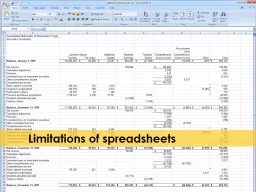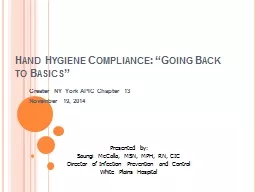PPT-Limitations of Direct Reading Occupational Hygiene Instrume
Author : liane-varnes | Published Date : 2017-05-08
Reproduced with permission of Russell Bond Robert Golec Aleks Todorovic Introduction Occupational Hygienists are using direct reading instruments more and more
Presentation Embed Code
Download Presentation
Download Presentation The PPT/PDF document "Limitations of Direct Reading Occupation..." is the property of its rightful owner. Permission is granted to download and print the materials on this website for personal, non-commercial use only, and to display it on your personal computer provided you do not modify the materials and that you retain all copyright notices contained in the materials. By downloading content from our website, you accept the terms of this agreement.
Limitations of Direct Reading Occupational Hygiene Instrume: Transcript
Download Rules Of Document
"Limitations of Direct Reading Occupational Hygiene Instrume"The content belongs to its owner. You may download and print it for personal use, without modification, and keep all copyright notices. By downloading, you agree to these terms.
Related Documents














